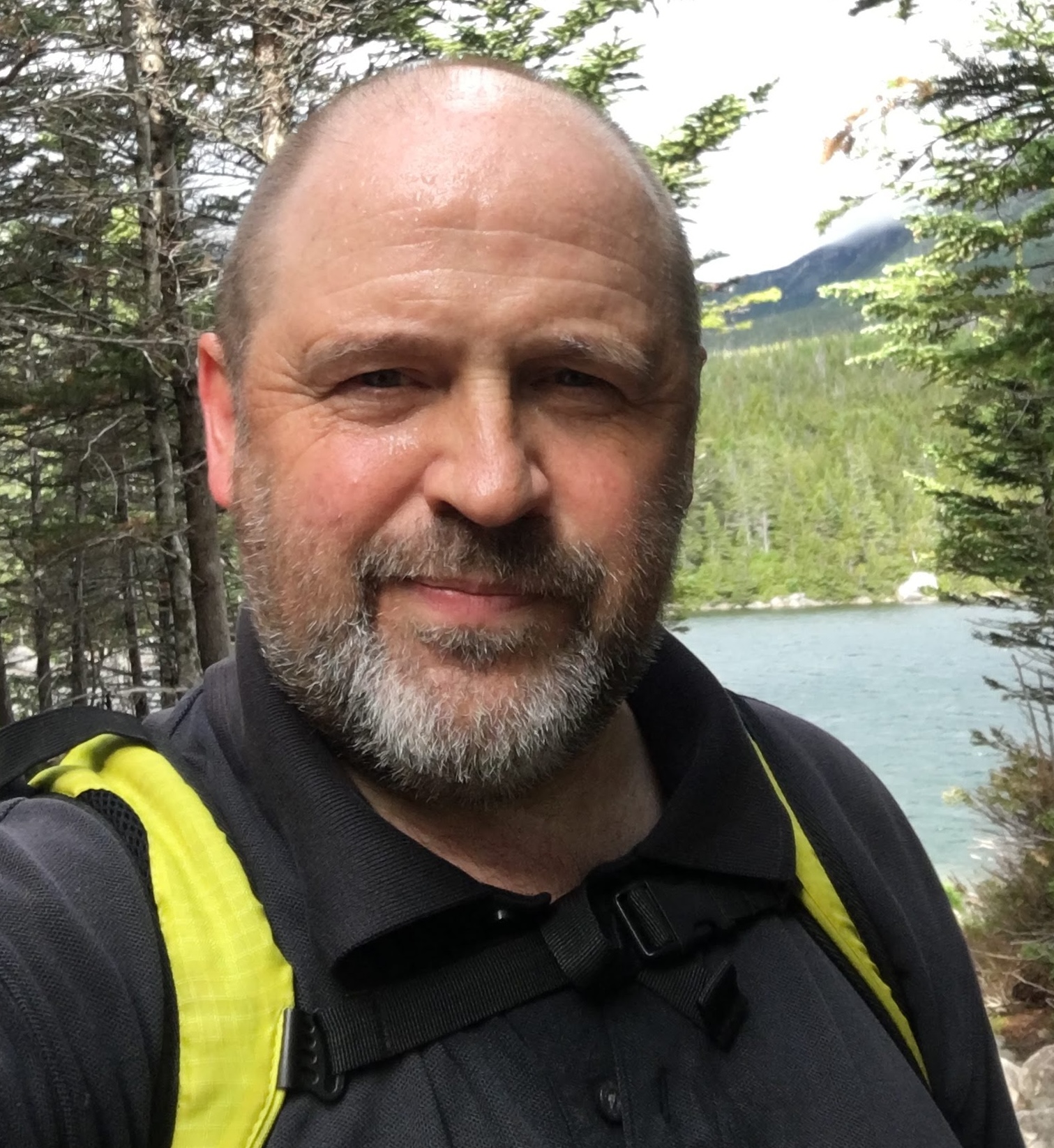My name is Jack Beaudoin, and in 2025 I began my training as a Maine Master Naturalist. As part of the training, we’re asked to keep a nature journal. Since we have many visitors here on Deer Isle, I thought I might share some of my observations — it might help vacationers identify the birdsong they hear at dawn, or quickly distinguish between a balsam fir and a white spruce, or learn why this island was once a world-class source of granite.

Many of the naturalists I have met specialize — “I’m a tree geek,” one might say, while another is “fascinated by herps.” This fellow is a specialist in lichen, while she is an expert on native woodland wildflowers. They are go-to sources of information when you see a plant or animal that you’ve never encountered, and can tell you in exquisite detail about the miraculous anatomy of a bird and how its lungs are 97% efficient in extracting oxygen from the air. They are the kind of folks who never cease to amaze me on a nature walk.
But some naturalists are inclined to the general. I’m of this camp. While I am curious about mushrooms, what really seems to engage me is knowing the kinds of mushrooms I am likely to see on my island jaunts, and how they interact with other species in the local ecosystem. While some birders will travel great distances to see a rare visitor like the Steller’s Sea Eagle (a 20-pound raptor with an eight-foot wingspan native to Russia and Asia), I am interested in the composition of that chorus of birds waking me up an hour before sunrise every morning. Thus, my organizing principle is not depth of knowledge about a particular subject, but this island as a place, a habitat, a micro-ecosystem.
Which is also to say that I’m quite liable to misidentify particular specimens and individuals. If you happen to catch these, I would be grateful if you would point them out to me using the contact page!
Phenology
The observations included here are loosely ordered as a phenology journal. A detailed phenology journal would order observations by the day of the year — so for example, you would be able to compare observations made on Day 56 (February 27) across consecutive years. While each of my observations bears a date, the 2025-07-11 Phenology Index simply organizes them chronologically by month of the year. If you were interested in seeing purple lupines in full bloom, you could look at the index and see that they usually begin to appear in the last week of May every year. Of course, the value of a phenology journal grows with each year — and I’m just getting started.
Posts
Occasionally I’ll supplement the observations with a blog post. I am a journalist by trade — an ink-stained wretch — and I have written about many different topics and subject across my four-decades-long career, so I don’t know how frequently these posts will appear. But I do anticipate an occasional piece — a book review, a longer trek or hike, some historical background, etc.
This site
Island Observations has been built using Quartz, a Web application that takes a folder of text files and generates a Web site from it. Developers call it a static site generator, and this one was purpose-built for people who use Obsidian to manage their notes, knowledge and writings. There’s no content management system like you might find in WordPress — the tradeoff for simplicity is an apparent lack of navigational structure you find on other sites.
In addition to the 2025-07-11 Phenology Index mentioned above, this site has full-text search and utilizes tags. So if an observation is tagged “lichen” for example, you can click on the word “lichen” and see a list of all other observations bearing the same tag.
Referral Links
Please note that some of the links on this website may be referral links. This means that if you click on one of these links — typically a book, writing tools, or outdoor products — and make a purchase, I may receive a small commission from the vendor, at no additional cost to you. I only recommend products or services that I have used and genuinely believe add value to natural exploration. Your support helps me keep this website running!
Other sites and socials
You might stumble across my work on other websites. I have recently contributed features and articles to Northern Woodlands Magazine and The Working Waterfront. You can see my growing journalism archive at JackBeaudoin.com.